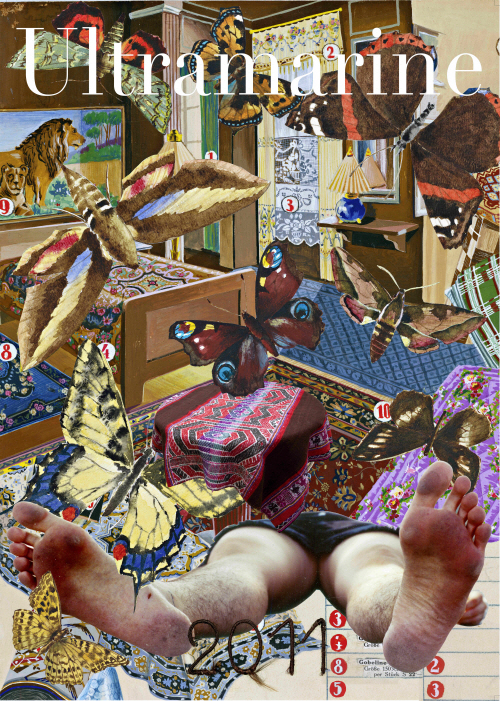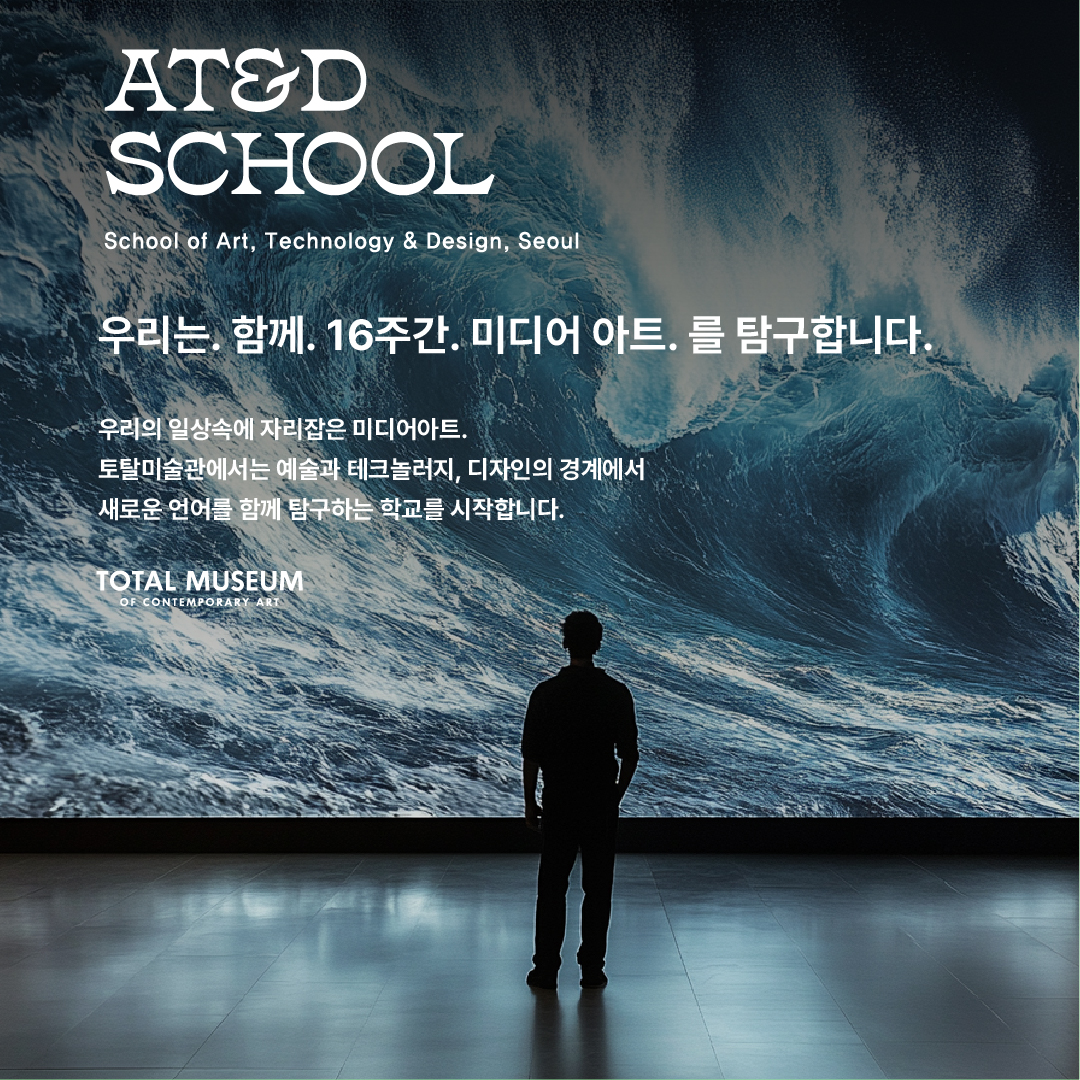
Manta / Carrier Cloth 19
안데스의 직조는 긴 역사동안 양면이 같은 직물을 창조해왔다. 양면을 가진 천cloth of two faces이라고 칭해지는 이 직물은 유럽에서 보기 드문 품질이었다. “이 전체에서 실 한오라기도 그 직물이 끝나는 점도 찾을 수 없도록 안데스인들은 그들이 원하는 모든 작업을 양면으로 제작했습니다.” (아코스타Acosta, 1590년, 4권 42부) [안데스인들은] 흠이나 얼룩 없이 잘 짜여진 직물이 아름답다고 생각했다.
There was a time in the Renaissance when the cost of the colour was as crucial as the hue itself, costing “at least five good florins an ounce” according to one painter’s contract. By contrast, the 19th-century factory version of the colour has been compared to fast food.
르네상스 시대에는 [후원자와] 화가의 계약에 따라 “온스당 최소 5 플로린의 가격”을 지불하며, 안료의 비용이 안료의 색조 만큼 결정적이었던 때가 있었다. 이와 대조적으로 19세기의 공장에서 생산된 색상은 패스트푸드에 비유되어 왔다.
Attacks on independent textile trade unions and their demands for a proper minimum wage in post-earthquake Haiti use the worldwide rationalisation that it would make their product ‘uncompetitive’.
독립적인 섬유 노동조합에 대한 공격과 지진 후 아이티에서 적절한 최저 임금에 대한 그들의 요구는 아이티의 제품을 ‘경쟁력이 없게’ 만들 것이라는 국제적인 합리화를 이용한다.
While the beauty of the naked male ‘native’ Australian could not be reconciled with European notions of masculinity, their ‘lack’ of shame has to be met with disgust or ridicule. The ridicule was returned in full by Aboriginal women to the faces of fully dressed invaders.
벌거벗은 남성 호주 원주민의 아름다움은 유럽의 남성성에 대한 관념과 조화될 수 없었고, [나체에] 수치심을 느끼지 않았던 그들[원주민]은 혐오나 조롱에 직면해야 한다. 호주 원주민 여성들은 그 비웃음을 옷을 입은 침략자들의 면전에 그대로 되돌려줬다.
